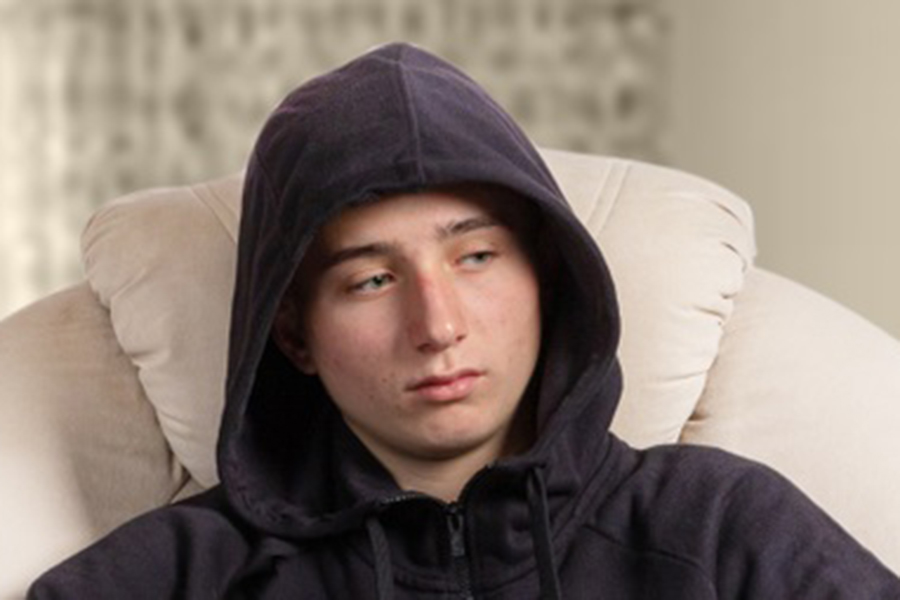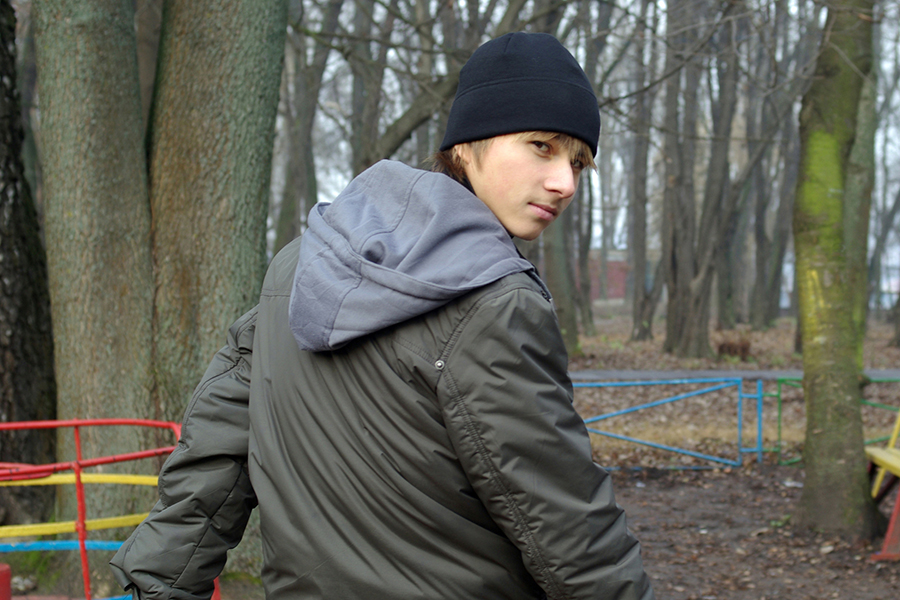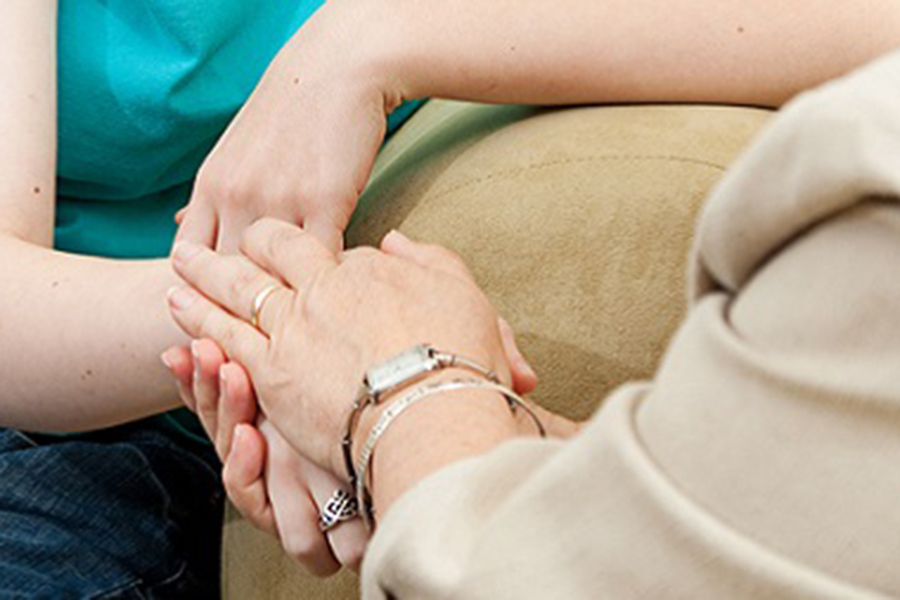
The Scottish Physical Restraint Action Group blogs
Read the initial blog responses to the call for action on physical restraint in Scottish childcare, which have been updated for SIRCC 2021.

We need to talk about physical restraint
Conversations about the use of physical restraint in residential child care are as challenging and complex as they come, but with so much at stake, Joanne McMeeking, head of Improving Care Experiences team at CELCIS, argues the importance of these conversations is fundamental. Updated for SIRCC 2021.

Physical restraint in Residential Child Care: A Watershed Moment?
Laura Steckley, a Senior Lecturer at the School of Social Work and Social Policy and CELCIS at the University of Strathclyde, explains how people are coming together to consider how to apply what we know about both experience and theory to address the practice of restraint in residential care. Updated for SIRCC 2021.

Should our young people be experiencing physical restraint at any level?
David Grimm is a graphic facilitator, consultant, and a social work student. He was also a member of the Love work group and worked as a 'Creative in Residence' for the Independent Care Review.

Unintended consequences: Restraint and criminalisation of looked after children
Debbie Nolan is Practice Development Advisor with the Centre for Youth and Criminal Justice (CYCJ). Here she looks at some of the unintended consequences of trying to reduce physical restraint. Updated for SIRCC 2021.

Can theory be an ally in efforts to reduce physical restraint?
Erica Barr is a House Leader with South Ayrshire Council. Here she discusses the need to link theory with practice to improve our understanding of children and young people. Updated for SIRCC 2021.

‘Why didn’t you f*cking restrain me’: when physical restraint can meet a child’s need
John Radoux, a child and adolescent counsellor who grew up in care and works in children's homes discusses why we need to reevaluate attitudes to physical restraint. Updated for SIRCC 2021.

Professional training is essential to provide the best support for our young people
Joe Gibb works for Renfrewshire Council. Here he argues that it's time for residential childcare workers to be recognised for the complex and difficult job they do, and that they should be given the tools they need to care for young people in the best possible way. Updated for SIRCC 2021.

There's no place for physical restraint in residential child care
Alex Horne is a Participation Assistant with South Ayrshire Champions Board and is care experienced. He was restrained when in care and believes that there are better alternatives.

2019 - a year of real opportunity in residential child care
John Ryan, Assistant Director, Aberlour, reflects on what this new conversation about the use of restraint means for those working in residential care with children and young people today. Updated for SIRCC 2021.

Turning conversation into action
Joanne McMeeking, head of Improving Care Experiences team at CELCIS, draws together the thoughts from this blog series and argues that this should just be the beginning of a reconsideration of the use and application of physical restraint in Scotland.



